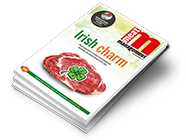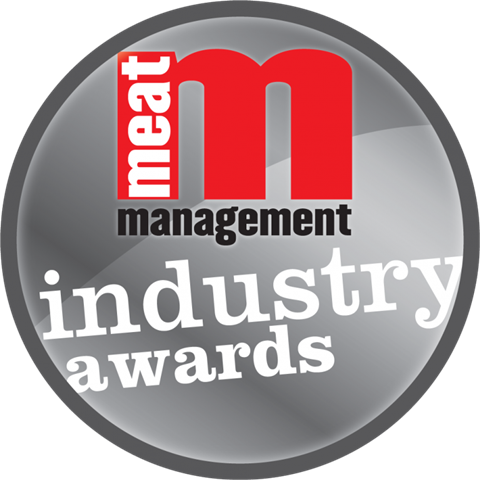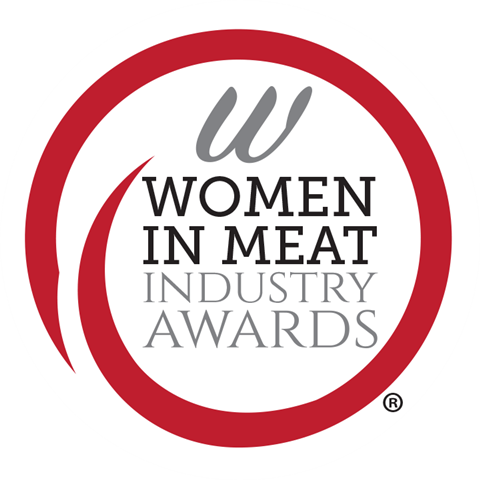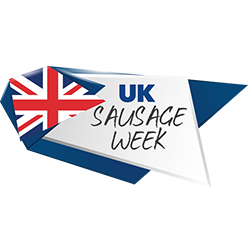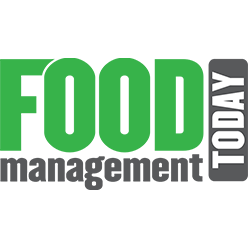The latest consumer price inflation figures from the Office for National Statistics (ONS) show that meat had the largest upward contribution to food inflation in January.

Food inflation rose by 0.9% in January 2025 to reach 3.3%. This was up from a monthly fall of 0.4% a year prior.
The January food inflation rate was up 1.2% from December 2024, when food inflation remained at 2%. January’s 3.3% annual rate compares with 7% in January 2024.
ONS highlighted upward contributions to the change in the annual inflation rate, with meat contributing 0.04 percentage points (pp). This was the highest of the seven upward contributors.
Balwinder Dhoot, director of industry growth and sustainability at The Food and Drink Federation (FDF), said: “Whilst food and drink manufacturers continue to work hard to keep costs down for consumers, we saw food and drink price inflation surge to 3.3% in the first month of 2025, up from 2.0% in December 2024. Rising energy and water bills as well as higher commodity prices, like dairy and cocoa, are all having an impact on production costs.
“Unfortunately, this month isn’t likely to be a flash in the pan for rising food and drink prices. We’re yet to see the full impact of increasing labour costs, with changes to both National Minimum Wage and National Insurance Contributions coming into force in April, and we expect to see this filter through to shoppers over the coming year. We urge Government to work with industry to simplify regulation and bring business costs down to help protect consumers from rising prices.”
Kris Hamer, director of insight of the British Retail Consortium (BRC), said: “A rise in the headline rate of inflation to start 2025 is likely a sign of things to come given the £7 billion worth of additional costs the retail industry is facing this year. Prices are expected to rise across the board over the course of the year.
“If the Government wishes to keep inflation under control, which would ease the burden on consumers, it should mitigate the huge cumulative costs facing the retail industry. Speeding up business rates reform or delaying new packaging taxes would help ease the pressure on prices for the rest of 2025.”
